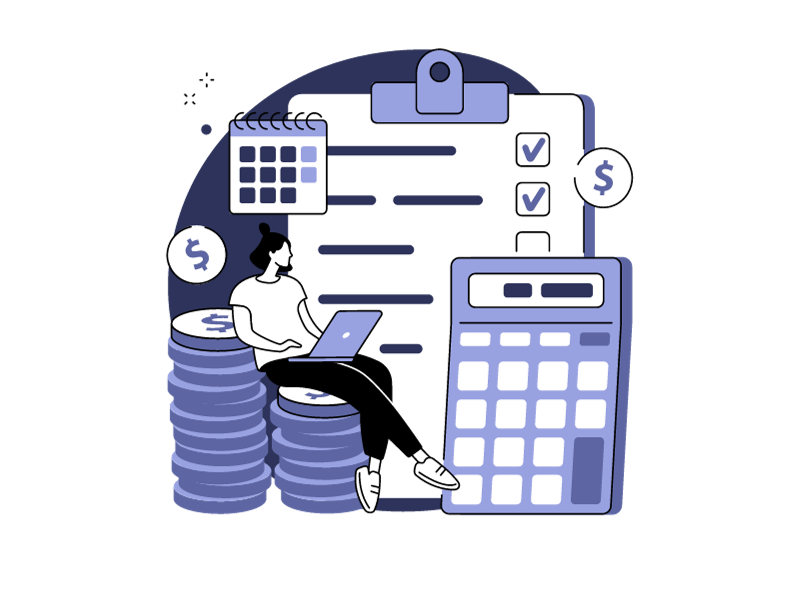

Calculating the break-even point isn't just an accounting exercise or a task to be ticked off an entrepreneur's to-do list. No, it's much more than that! Once you've identified your break-even point, several doors open to you: you can adjust your prices, optimize your costs or even rethink your business model. This figure also gives you an idea of the level of risk associated with your business. The lower the threshold, the less you have to worry about market fluctuations or unforeseen events affecting your revenue! Determining this break-even point, where revenues equal costs, gives you a clear vision of the performance required to avoid losses and start generating profits.
CALCULATE THE BREAK-EVEN POINT
Calculating the break-even point is a key step in the development of any business, any activity, in order to get an accurate snapshot of the performance of its actions. This formula makes it possible to determine the point at which the company begins to generate profits. It’s the point at which revenues equal costs: knowing where this point lies provides a clear vision of the company's financial viability. For example, if the break-even point is too high, it may indicate the need to cut costs or raise prices. Conversely, a low break-even point could mean that the company has room to invest more in areas such as marketing or product development. As you can see, calculating the break-even point will help you set realistic sales targets and draw up action plans to achieve them.
| 💰 Annual fixed costs ($) | The business’s fixed costs (rent, subscriptions, salaries, etc.) |
| 💸 Product’s sales price ($) | Price at which a product is sold to a customer |
| 🔧 Product’s production cost ($) | Cost associated with producing a product |
HOW DO YOU CALCULATE THE BREAK-EVEN POINT?
Use our tool to fill in the following data and calculate your break-even point:
- Add annual fixed costs in dollars and before tax
- Enter a product's sales price in dollars and before tax
- Enter a product's production cost in dollars and before tax


OUR TIPS FOR OPTIMIZING YOUR BREAK-EVEN POINT
The break-even point is a clear indicator of what a company is capable of producing, simultaneously providing evidence of its market potential. How can you optimize this data to improve your performance?
- Analyze every cost: what are your fixed and variable costs? Careful analysis will enable you to determine what options you have for where savings can be made.
- Improve stock management: poorly managed stock can lead to unnecessary costs. Neither too much nor too little stock: to be sure, use dedicated tools.
- Target your marketing strategy: the more targeted your actions, the more wisely your marketing budget will be used.
- Evaluate and improve your gross margin: increasing your gross margin on certain products or services can help you reduce your break-even point by making a higher profit on each sale.
BREAK-EVEN POINT FAQ
What is the break-even point of a business?
The break-even point is the level of sales a business needs to reach to cover all its fixed and variable costs. It helps determine the sales volume needed to avoid losses and start generating profit. This concept is particularly useful when making strategic decisions, such as setting prices or assessing the impact of changes in the cost structure.
How do you interpret the break-even point result?
If the break-even point is low, the company needs fewer sales to cover its costs, which is generally positive. A high break-even point indicates greater risk, and requires more sales to reach profitability.
Why does the break-even point matter?
Reaching the break-even point can serve as a signal to investors and stakeholders that the company is on the right track. This can facilitate access to financing and credit or reinforce confidence in the company's management. Knowing your break-even point helps you make decisions to develop your business, such as setting prices or adjusting production rate.
Create your online store with Wizishop
Access, browse and test all of our features with our 7-day trial, no strings attached





